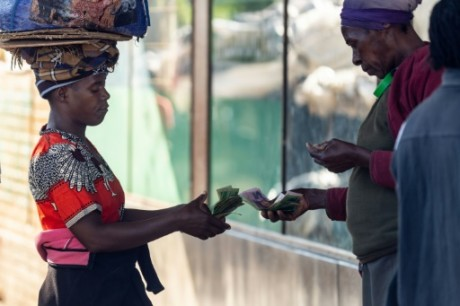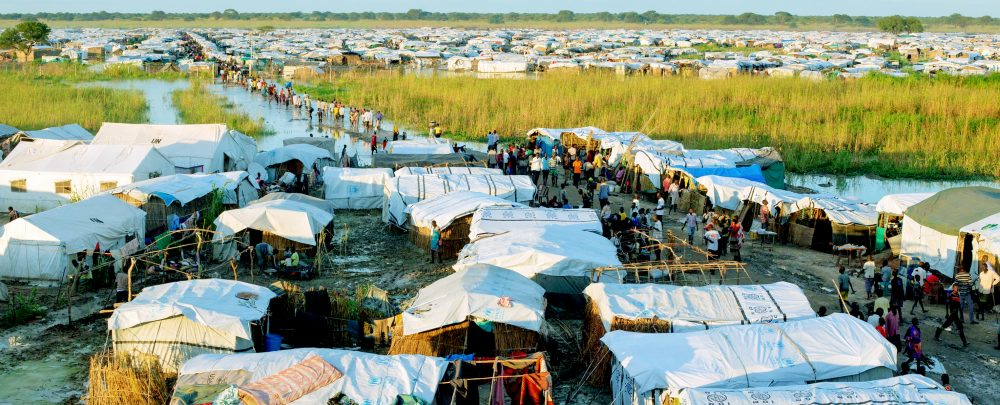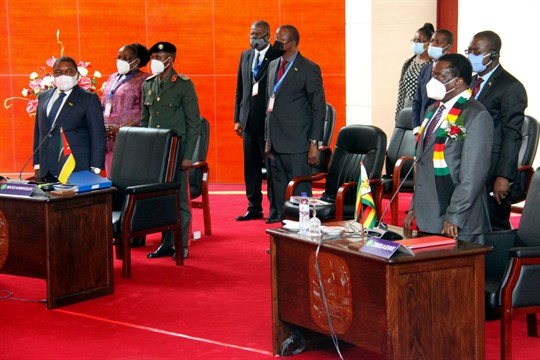Egyptian ISIS member in Derna confesses how group recruits from Cairo

A video circulating on social media on Sunday showed the confessions of an Egyptian ISIS member who was recently arrested by Libyan army forces. He spoke about how he was recruited with many other Egyptians from Cairo and then taken to Derna in Libya. He said that they are then sent to hot spot areas between Egyptian Sinai, Mali and Syria.





